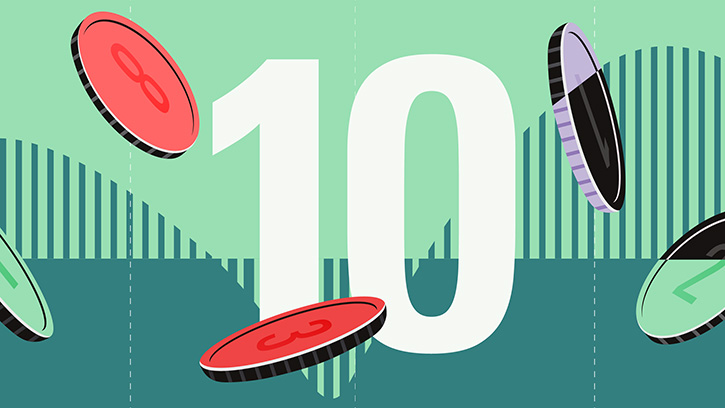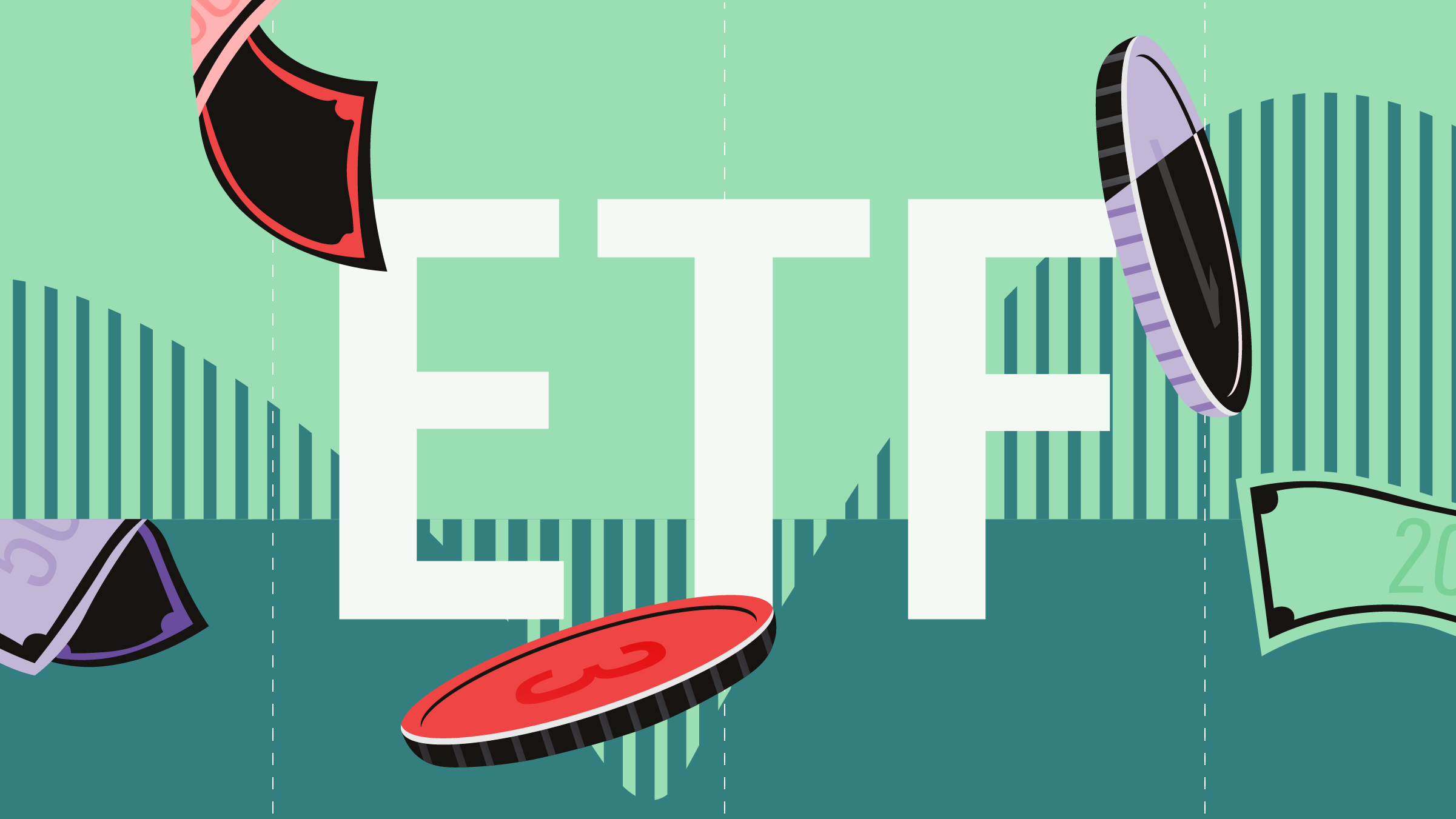.jpg)
Citing greater comfort with the inflation outlook and slack in the labor market, the Bank of Canada cut interest rates by a quarter of a percentage point.
The cut, announced Wednesday, marks the second consecutive meeting at which the central bank lowered rates, and economists see room for more cuts ahead. That would be good news for consumers, especially homeowners facing the prospects of higher mortgage payments.
“With broad price pressures continuing to ease and inflation expected to move closer to 2%, the Governing Council decided to reduce the policy interest rate by a further 25 basis points,” the BoC said in its announcement. “Ongoing excess supply is lowering inflationary pressures. At the same time, price pressures in some important parts of the economy—notably shelter and some other services—are holding inflation up.”
With the July rate cut, which economists had largely expected, the BoC’s key overnight rate target was lowered to 4.5%. Prior to the June meeting, the overnight rate had been at 5% since July 2023.
“The BoC was about as dovish as possible – disregarding recent high core CPI prints in favor of focusing on forward-looking inflation indicators and introducing the theme of downside risks taking increasing weight in their policy decisions,” Jason Daw, head of North American Rates Strategy at RBC Capital, said in commentary Thursday.
When Will the Bank of Canada Cut Rates Again?
“As expected, the Bank of Canada decided to cut rates by 25 basis points today to 4.5%, particularly after inflation continued to move towards target, labor markets continued to show slack, and unemployment rose to 6.4%” says Ashish Dewan, senior investment strategist at Vanguard Canada. “The latest growth numbers met expectations, and there doesn’t seem to be signs of a reacceleration in growth which could have contributed to a delay in rate cuts.”
Dewan thinks the BoC will likely cut rates again one more time this year: “As inflation continues its progress, growth sustainability and mortgage renewals at higher rates will be top of mind.”
At RBC, the view is that a September rate cut is “is a firm ‘GO’ unless there is a disaster CPI print,” says Daw. “With only one inflation report before the next meeting, the bar to them not cutting is very high.” RBC puts the odds of a September rate cut at 90%.
In its announcement, the BoC noted that economic growth likely ticked higher to about a 1.5% rate in the first half of 2024. However, “with robust population growth of about 3%, the economy’s potential output is still growing faster than GDP, which means excess supply has increased.” At the same time, officials said, household spending has been “weak” and “there are signs of slack in the labor market.”
Rate Cut Comes as Inflation Pressures Ease
Critically, “broad inflationary pressures are easing,” the central bank said in its statement, pointing to a moderating in Canada’s Consumer Price Index to 2.7% in June. The Bank’s preferred measures of core inflation have been below 3% for several months, and the breadth of price increases across components of the CPI is now near its historical norm.
Looking ahead, the BoC said it expects its preferred measures of core inflation to slow toward 2.5% in the second half of 2024 and “ease gradually through 2025,” thanks in part to gas prices.
Good News for Borrowers and Lenders
Carl De Souza, sector lead for North American financial institution ratings at Morningstar DBRS, says that with the second rate cut, the BoC is now moving in a direction that should benefit both borrowers and lenders.
While banks were able to benefit from higher interest rates thanks to their ability to charge more on loans, they also felt a squeeze from a rapid rise in the cost of deposits, De Souza notes. In addition, higher rates put a damper on mortgage loan growth. At the same time, credit quality has taken a hit among borrowers, especially in commercial real estate and consumer borrowing, such as credit cards and auto loans. Canadian consumers, meanwhile, are particularly sensitive to changes in interest rates, thanks to high debt across the economy.
With expectations that the BoC will continue to lower rates, “every additional interest rate cut will help,” he says. That’s especially the case for home buyers who carry mortgages with rock-bottom interest rates set during the pandemic that will be reset in 2025-26.
This is a critical variable in the outlook for consumer spending, De Souza says. “If rates have to stay high, and people’s monthly mortgages payments are going up 30, 40, 50%, how much money do they have left to spend? When this mortgage cliff happens in 2025-26 when the bulk of borrowers reprice at a much higher (rates) … each additional interest rate cut will bring that variance down,” he says. “Every cut will help.”

















